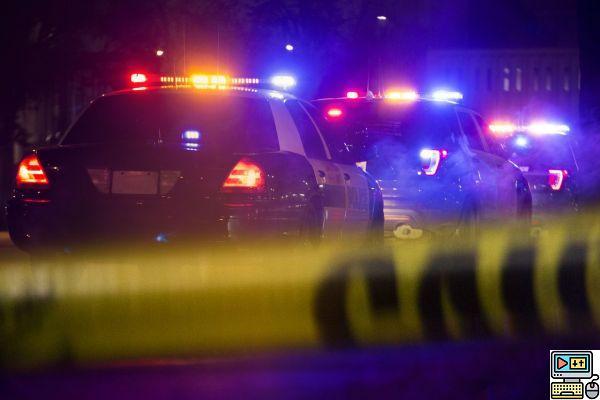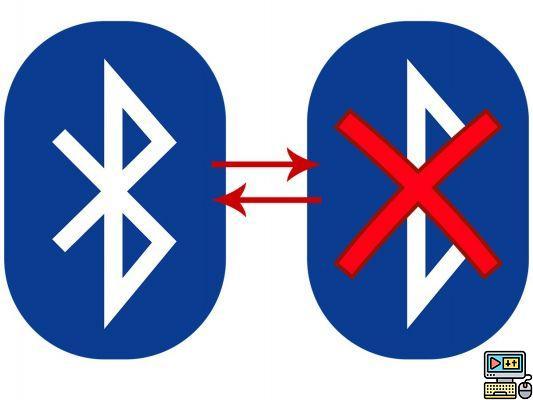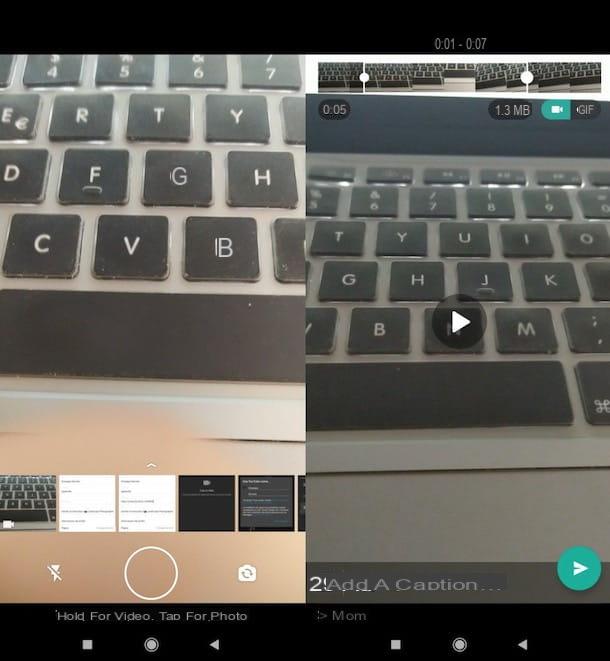 @Lesnums) Posted on 28/11/14 at 08:48 Share:
@Lesnums) Posted on 28/11/14 at 08:48 Share:
It is well known: in photos, for give the impression of movement when shooting, we make a spin. We close our diaphragm a little, we lower the sensitivity, and we do everything so that the shutter does not open too quickly so that only the moving subject is clear (we follow it scrupulously during the release) and that the back -shot is a nice motion blur.
Yes but... The theory is very nice, but in practice, sometimes, the subject does not move fast enough to make a yarn. To achieve this, you would need to have the time to prepare your shot by screwing a good neutral filter on your lens. Ideal situation, but not always feasible.
If the case arises, we can always give a boost to the image a posteriori. From new products of the latest version of Photoshop (CC 2014 edition) features a new filter in its blur gallery: the path blur.
The line blur will be perfect for working on this photo:
70 mm, 200 ISO, f/3,2... and 1/500s: difficult to see any movement.
From Lightroom, we will open the photo in Photoshop...
The next step is the hardest. It is a question of cutting out the subject in order to isolate the subject. To outline, we will use one or the other of the methods allowed by Photoshop (pen or lasso mainly).
Be careful, it is easier to work if you don't cut the subject from the background, as shown below:
You must copy the subject to a new layer without erasing it from the layer that will serve as the background. Indeed, if you erase it, your blur will create empty areas around the subject. Areas that will need to be filled later. Here we work in a simpler way, keeping the subject on the background.
Once clipped, we copy the selection, then we paste it on a new layer, to achieve something like this:
To create the yarn that will give the impression of speed, we will work on the background alone. But to have a good preview of the final rendering, we will still keep the layer containing the visible subject. So we select the layer containing the background, then we go to "Filters > Blur effects galleries > Line blur". The interface then changes, displaying a blue vector.
On the right of the interface, some tools allow you to modify the rendering of the blur. We start by adjusting the vector in order to define the direction of the movement to be simulated. Then, for example, we can select the simulation of a flash on the second curtain (rear synchronization flash) which will create a slight trail behind the subject, further accentuating the impression of speed. Adjust the speed, taper, and end point speed to accentuate or restrict the yarn effect. Once the adjustments are finished, click on OK (at the top of the window).
Note that Photoshop offers a second type of blur that could be very useful in rendering this kind of scene. On the previous photo, the wheels are very small and barely visible. But on a larger vehicle, a spun with frozen wheels, it's strange. In the gallery of blurs, we will therefore also find a rotation blur to simulate the rotation of the wheels. Again, for a clean result, we will outline the wheel, then we will paste it on a separate layer, on which we will apply the rotation blur effect.
The effect is being applied to the wheels; we isolate the surface to be treated, then we adjust the angle of the blur in order to make an impression of rotation more or less fast:
The computer calculates the rendering, and displays it.
If we started from Lightroom, we can finish editing the image there by clicking on "Save" in Photoshop. After some very basic additional editing, we arrive at the following result:


























